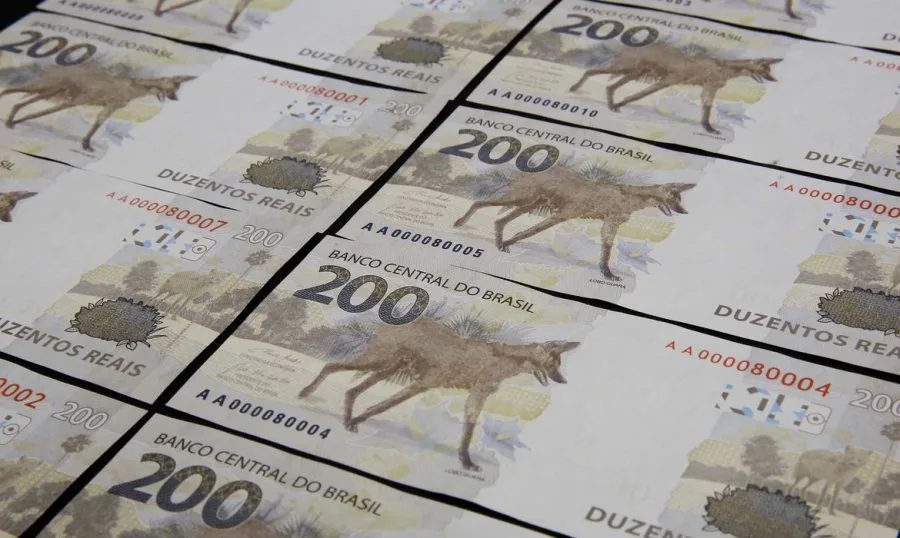April 2024 has been a challenging month for the Brazilian Real, which saw the sharpest depreciation globally against the dollar.
By April 16, the Real had fallen by 5.1%, outpacing the declines of other currencies including Uruguay’s peso, Mexico’s peso, and Argentina’s peso.
The Israeli shekel, also affected by ongoing conflict, similarly struggled.
On that day, the dollar rate closed at R$ 5.26 in Brazil, an increase of 1.72%, based on the Ptax exchange rate set by Brazil’s Central Bank.
This depreciation has exceeded those of several Latin American peers and even some currencies from regions embroiled in geopolitical tensions.
Contributing to the Real’s slide are various domestic and international pressures.

The Brazilian government’s revision of its fiscal targets delayed the expected timing of a fiscal surplus, impacting investor confidence.
Additionally, continued high interest rates in the U.S. have also played a significant role in dampening investment enthusiasm in Brazil.
Throughout the year, the Real has been the tenth most depreciated currency, with an overall decline of 8%.
This contrasts sharply with the Egyptian pound and the South Sudanese pound, which have plummeted by 36.3% and 31.1% respectively.
The Brazilian Real Faces Steepest Depreciation Globally in April
In response to the currency’s performance, Brazil’s Finance Minister Fernando Haddad pointed to global influences while in Washington.
He attributed two-thirds of the Real’s depreciation to factors like the Middle Eastern conflict and U.S. inflation, suggesting significant external economic pressures.
Financial markets mirror these trends, with the dollar achieving a new high since March 23, 2023, at R$ 5.27, marking a weekly rise of 2.91% and an annual increase of 8.59%.
This ongoing trend highlights the broader challenges Brazil faces in stabilizing its currency amid fluctuating global economic conditions.

